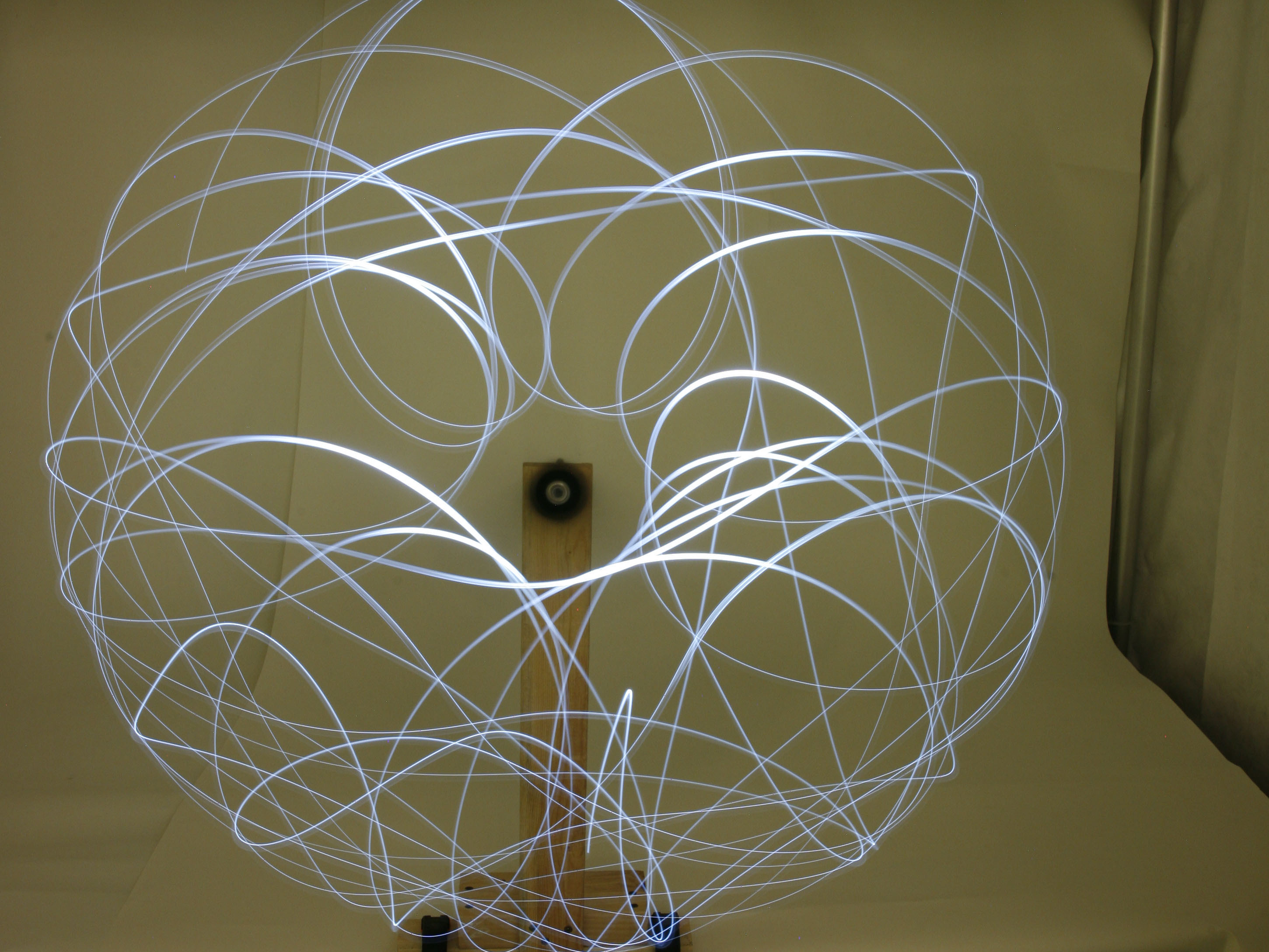Devices that demonstrate true chaotic behavior (in a strict mathematical sense) are rare. Even rarer are chaotic devices that are easy enough for the typical maker to build at home and are interesting and beautiful. But one device nicely fits the bill: the double pendulum.
A double pendulum consists of a bar swinging from a pivot, with a second pendulum attached to the first bar’s end. While the double pendulum is a simple physical system, you’d be hard pressed to find another device this simple that exhibits so wide a range of behavior. Give it a little push and the motion is fairly predictable. But give it a bigger push — bingo, welcome to chaos!
The double pendulum described here was designed with several options for demonstrating a variety of chaotic motions. With the right mounting, it’s an interesting if not downright charming display that fits well into a number of settings, including classrooms, laboratories, and homes.


